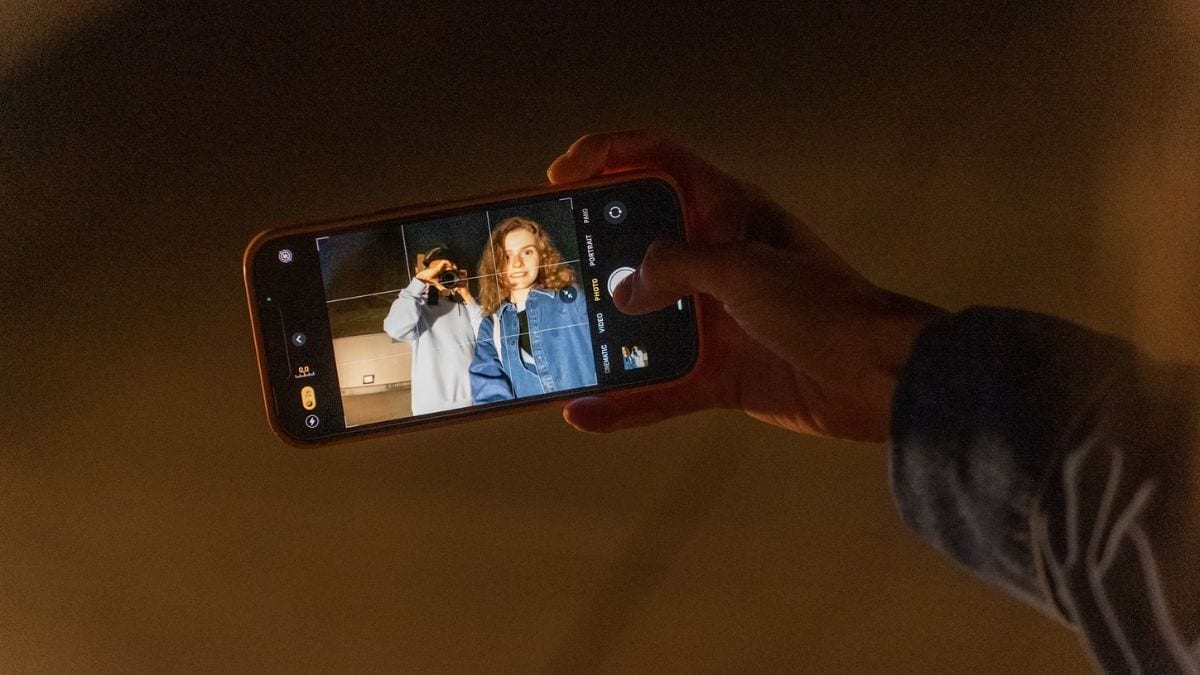Portrait mode photography on smartphones may have ‘biases’ that result in lower-quality images of dark-skinned subjects, according to a study. The portrait mode effect on smartphones is achieved digitally by using depth-sensing technology to separate the subject from the background of the photo. However, the results can range from impressive to unsatisfactory depending on the scene, lighting conditions and even the subject. A new study claims that darker-skinned individuals may end up with less desirable output compared to those with lighter skin tones.
Portrait photos may be affected by AI training bias
The smartphone testing website DxOMark published the Results from a study conducted in mid-2023. The study aimed to gauge user preferences on photos taken by people using portrait photography modes on smartphones. The publication used flagship smartphones launched in late 2022 and early 2023. As part of the study, 405 scenes were captured using 83 regular consumers as models for the photos. The publication also developed a ‘Satisfaction Index’ to convert people’s opinions into a score out of 100.
The study found that while portrait mode photos scored lower than expected, there was also a difference in images of darker skinned individuals compared to those with lighter skin tones. For darker skin tones, issues were noted such as overexposing the subject, underexposing the background, and enhancing the brightness of the skin tone.
![]()
Image differences regarding different skin tones and the Satisfaction Index score
Photo Credit: DxOMark
The study highlighted possible reasons for the problem, stating that bias in the training data of artificial intelligence (AI) could cause such a problem. Most portrait mode technologies in smartphones use AI for scene detection, semantic segmentation, and deep learning. The study speculates that if the data used by the AI contains a disproportionate number of people with lighter skin tones, it could result in inaccuracies in displaying darker skin tones.
In a 2018 paper titled Gender Shades: Intersectional Accuracy Disparities in Commercial Gender Classification from the MIT Media Lab, the study noted, “Dark-skinned women have the highest error rates for all gender classifications, ranging from 20.8–34.7 percent. For Microsoft and IBM classifiers, lighter-skinned men are the best classified group with 0.0 and 0.3 percent error rates, respectively. Face++ classifies dark-skinned men best with an error rate of 0.7 percent.”
However, AI bias is one of two possible reasons for this, according to the study. Another reason cited was poor camera tuning. The publication highlighted that it is not possible to tune a camera that can take optimal photos in all scenarios and for all skin tones. Some manufacturers prioritize one type of optimization over another, which can often lead to these inaccuracies.
The publication stressed that such studies were important to gauge consumer satisfaction and concerns. The feedback can play a significant role in improving the technologies to cater to all demographics.


